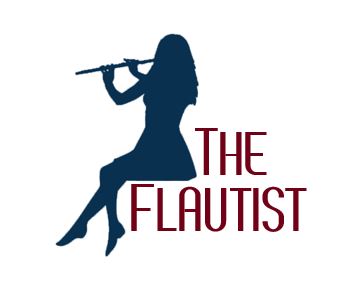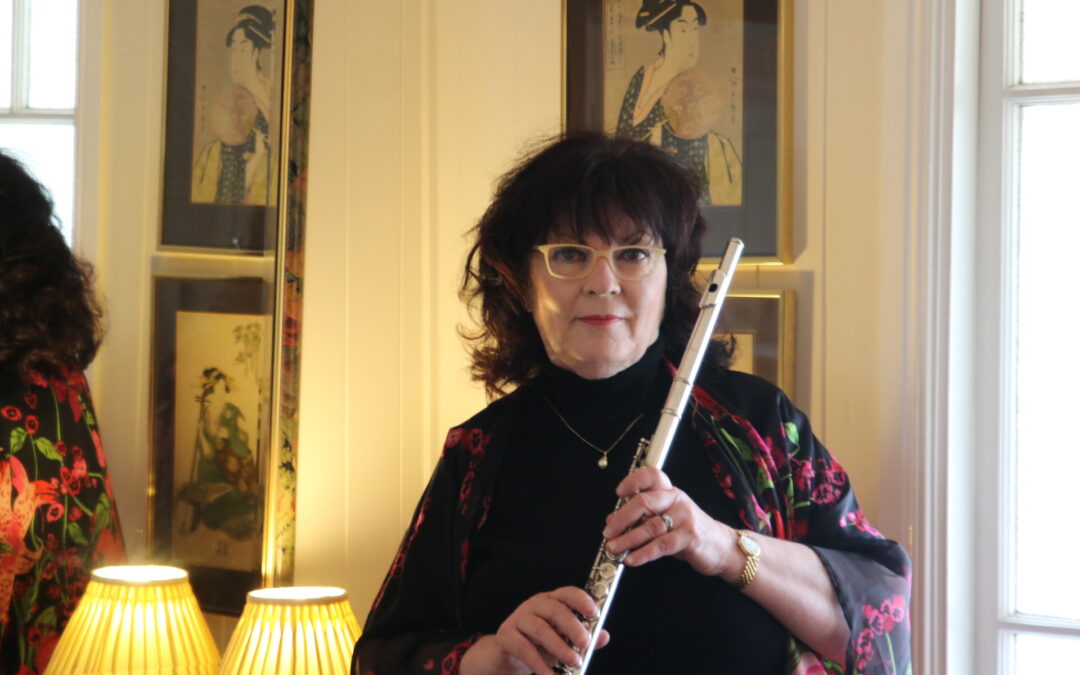There are a few different ways and aspects to storytelling as a performer. Firstly , the player should endeavour to understand the composer, his life and any information about the piece they are playing. Secondly, use a backtrack or recording to understand the piano part or accompaniment so they have an idea of what is happening harmonically and also form wise. So often as players we think and listen horizontally with the melodic line but there is a whole aspect to the performance which includes the vertical nature of the work as well.
Storytelling can take a number of forms. The common thread through all storytelling is the form of a piece and this is the most obvious and important aspect to the story as a player tells in their performance. The piece that comes to mind that demonstrates this simply is the Schumann Romance No 2 Op 94. It has a simple ABA form with B being an extremely intense musical expression with so much pain in my view present in the writing. The opening A theme and recapitulation are haunting, expressive with some optimism but also filled with notes that pierce the heart with a dagger. This piece was written a few years before Schumann committed himself to a mental facility and shortly there after he died. Every player will have a different view on his life and the piece but the important thing to to have a view and have a story to tell. Every note has a special meaning and relationship.
Schumann Romance No 2 Op 94
“It has a simple ABA form with B being an extremely intense musical expression with so much pain in my view present in the writing. The opening A theme and recapitulation are haunting, expressive with some optimism but also filled with notes that pierce the heart with a dagger.”
Schumann Romance No 2 Op 94
The second opportunity to tell a story is a piece like the Lensky Aria. Here we have an opera and it’s story and a particular aria and what it is saying . The story opportunity here is not only to understand the composer but the complete opera and Lensky on the banks of a river in Russia the night before a duel in which he will most certainly die. There are enormous tonal , colour , dynamic and phrasing opportunities for the performer here.
Peter Tchaikovsky's Lensky's Aria
Tchaikovsky Lensky’s Aria
“The story opportunity here is not only to understand the composer but the complete opera and Lensky on the banks of a river in Russia the night before a duel in which he will most certainly die.”
Earth by Takatsugu Muramatsu is also a wonderful example. Here we have the composer giving us a title to work with. We again are only limited by our imagination and visualisation of what this could be as a performance. If the performer has nothing to say or impart but notes the audience will miss a special and very individual opportunity to hear a personal musical expression of the piece. The world is our oyster in these cases to use tone, colours, articulations, dynamics and the list goes on to impart the composers wishes.
Muramatsu Earth
“If the performer has nothing to say or impart but notes the audience will miss a special and very individual opportunity to hear a personal musical expression of the piece.”
Takatsugu Muramatsu's Earth
The third type of storytelling is this weeks piece the Faure Fantasie. Form here is a great way to tell the story, and the player is only limited by their imagination as to what this Fantaise is saying musically and by the players willingness to explore colours and expression to create the final vision of the piece.

